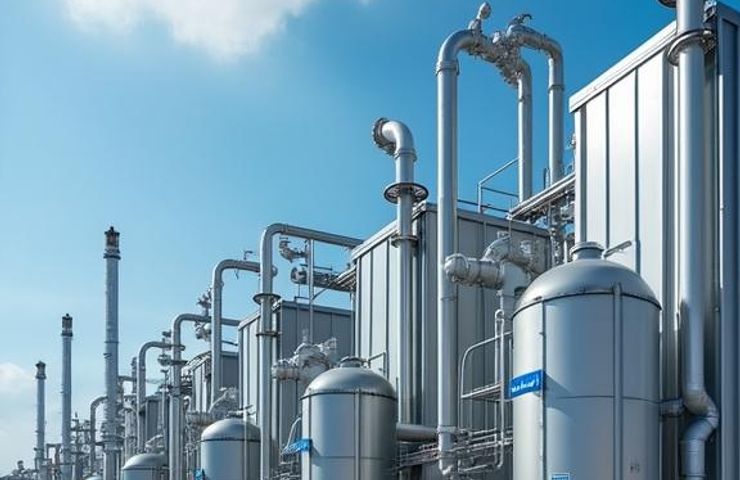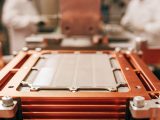
Hydrogen Production: Metacon Delivers 50 MW Alkaline Electrolysis to Corinth Refinery
August 27, 2025Picture yourself driving into the sprawling grounds of the Corinth Refinery in southern Greece and spotting ten massive modules humming away—each one a 5 MW alkaline electrolysis stack turning water into clean fuel. Metacon AB has celebrated getting these high-efficiency units officially signed off at the factory and collected a verified €14.9 million payment from Motor Oil Hellas. This isn’t just another green hydrogen press release; it’s a real milestone for industrial decarbonization and sustainable energy in Europe.
Phase One Delivered
Back in autumn 2024, Metacon—and its partner, China’s PERIC Hydrogen Technologies—inked a deal to supply ten 5 MW alkaline electrolysis stacks to one of Greece’s flagship green hydrogen hubs. By spring 2025, the contract was extended, cementing a combined 50 MW capacity that will feed hydrogen straight into refinery operations. Each stack uses a potassium hydroxide solution to split water into hydrogen and oxygen, reducing CO₂ and pushing Greece closer to its EU decarbonization goals.
How Alkaline Electrolysis Works
If you’re not knee-deep in electrochemical jargon, alkaline electrolysis is refreshingly simple. Water flows through the electrolyzer, an electric current—ideally from renewables—zaps the alkaline solution, and out come hydrogen bubbles at the cathode and oxygen at the anode. Compared to other methods, alkaline stacks are modular, proven at scale, and kinder on the wallet. That’s exactly why Metacon and PERIC bet on this tech for a heavy-duty refinery client like Motor Oil Hellas.
A Strategic Win for All
Securing that €14.9 million payment on delivery isn’t just a nice headline—it shows real commercial confidence in Metacon’s approach to hydrogen production. From its Swedish base to major projects in Greece and Germany, Metacon’s growth story just got a big boost. For Motor Oil Hellas, investing in green hydrogen diversifies its energy mix, ramps up national energy independence, and slashes process CO₂ at the Corinth Refinery. Plus, it proves to investors and policymakers that industrial decarbonization through electrolysis can be financed and deployed predictably.
Global Collaboration
This project is a textbook case of the global hydrogen value chain in action: Swedish engineering smarts, Chinese electrolysis stacks from PERIC, and a Greek energy heavyweight all teaming up in the Peloponnese. Cross-border partnerships like this are fast becoming the norm as everyone races to commercialize green hydrogen. And while claims that Corinth is “one of Europe’s largest” green hydrogen plants still need full verification, its significance in a fossil-fuel-dominated region is undeniable.
Beyond Electrolysis: HIWAR Reforming
Metacon isn’t stopping at water splitting. Its in-house HIWAR technology reforms biogas and bioethanol into hydrogen-rich streams, tapping bio-based feedstocks for even deeper decarbonization. Although this phase zeroes in on alkaline electrolysis, Metacon’s broader portfolio hints at future projects blending electrochemical and catalytic routes—pushing the envelope on sustainable energy solutions.
Looking Ahead
With phase one wrapped up and payment in the bank, all eyes turn to the next deliveries under the phased contract. We’ll likely see more electrolyzers and integration work to weave green hydrogen into Motor Oil Hellas’s refinery like a seamless thread. As governments and industries pen the next chapters of the EU Green Deal, projects like Corinth are living proof that green hydrogen isn’t a lab curiosity—it’s a cornerstone of zero-emission tech for energy-intensive sectors.
For me, the real test will be scaling up renewable electricity input and tackling regulatory puzzles to drive costs down even further. But if those ten stacks at Corinth are any indication, we’re definitely on the right path.



 With over 15 years of reporting hydrogen news, we are your premier source for the latest updates and insights in hydrogen and renewable energy.
With over 15 years of reporting hydrogen news, we are your premier source for the latest updates and insights in hydrogen and renewable energy.